Tackle and Tactics: Essential Saltwater Fly Fishing Knots

There are four essential saltwater fly fishing knots that we teach at the Orvis Saltwater Fly Fishing School. These knots are selected due to the ease of tying (even in low light) and usefulness in a variety of applications. With most all saltwater fishing knots, there is a considerable opportunity to complicate things with elaborate multi-step knots that serve a similar purpose.
Extensive testing of fly fishing knots conducted by the Orvis established that the marginal difference between the breaks strength of the multitude of available knots was more than offset by technique issues in tying a given knot. This demonstrated that it is far more important to tie a few knots well than to utilize a wide variety that you might not tie constantly well.
To get proficient at knot tying it's a good idea to practice. Practice will burn the steps into your brain and help develop muscle memory as well. Using sections of old fly line is ideal for this purpose. Online tools like the Orvis Knot Tying Tutorialsare also very helpful.
For purposes of this discussion, we will assume your tackle has been rigged and that there is a welded or whipped loop at the end of the fly line.
Loop to Loop Connections and Alternatives

Perfection Loop
The Perfection Loop is a good choice for loop to loop connections because the resulting loop is in line with the balance of the leader whereas some other loop knots are more complex or cause the resulting loop to cant off too one side potentially impacting accuracy. Here's the animation.

. Hand Shake or Loop to Loop Connection
Fly line and leader butt are joined loop to loop with what some refer to as a Handshake Knot or a Loop to Loop Connection. It is not a knot in the traditional sense, but a method of connecting two loops.
The Perfection Loop can also be used to attach the leader to the tippet. This is especially true when you use a store-bought tapered leader. The last two feet of the leader is the tippet and as you trim it back you eventually reach the beginning of the tapered portion. At that point tie a Perfection Loop and add a new tippet. This preserves the tapered portion of the leader.

Another method we teach for joining sections of leader including the tippet is the Surgeons Knot sometimes referred to as the Double Surgeons. The Surgeons Knot offers two advantages over the more common Blood Knot used in leader construction for freshwater leaders. First, it is easy to tie in the low light conditions when saltwater fly rodders in the northeast are on the water and second, it maintains it's strength when using dissimilar diameter materials.
Adding an additional turn creates the Triple Surgeon. This knot is modestly stronger, but also stiffer and it does a better job of transferring the energy down the leader.
All Surgeon Knots offer the angler the opportunity to leave the tag long and use it to attach a dropper fly. In the diagram above the blue tag would not be trimmed leaving a stiffer tag pointed down the leader.
Connecting the Tippet to the Fly

There are two knots to know for tying tippet to fly. The knot selected is a matter of personal preference. Probably the most common knot used in saltwater fly fishing to connect the tippet to the fly is the Improved Clinch Knot. Easy to tie and strong.

Anglers wanting the maximum movement on their fly prefer the Non-Slip Loop Knot and argue the open-loop gives the fly move movement in the water. The Non-Slip Loop Knot is especially popular with flats fishermen who want to give their flies as much life as possible.
Orvis has a very helpful online tutorial for knot tying.
Here is our current selection of leaders and tippet
Tight lines!




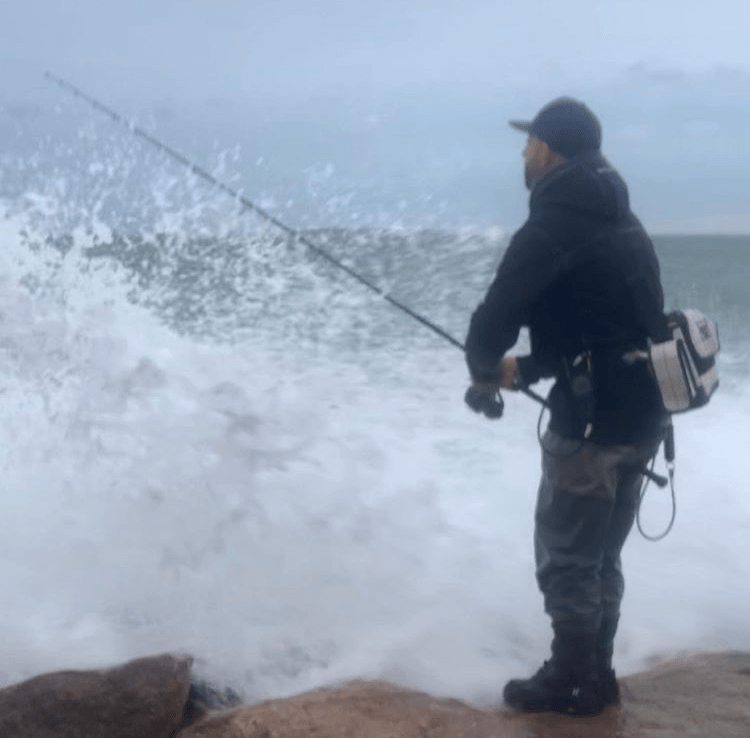

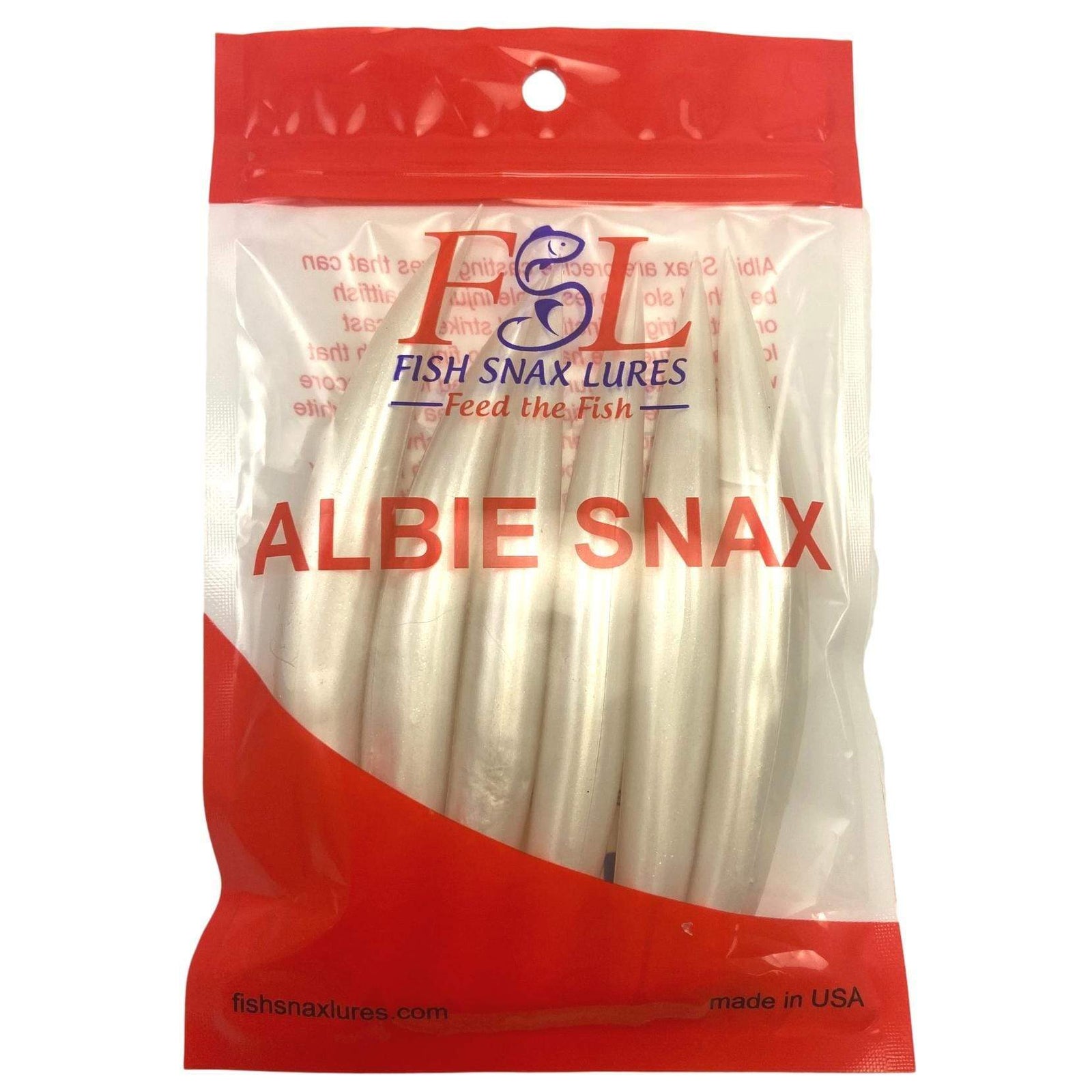

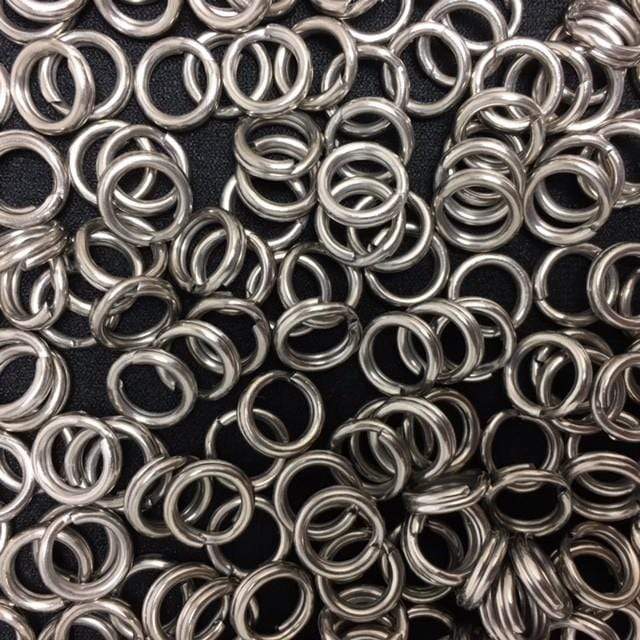
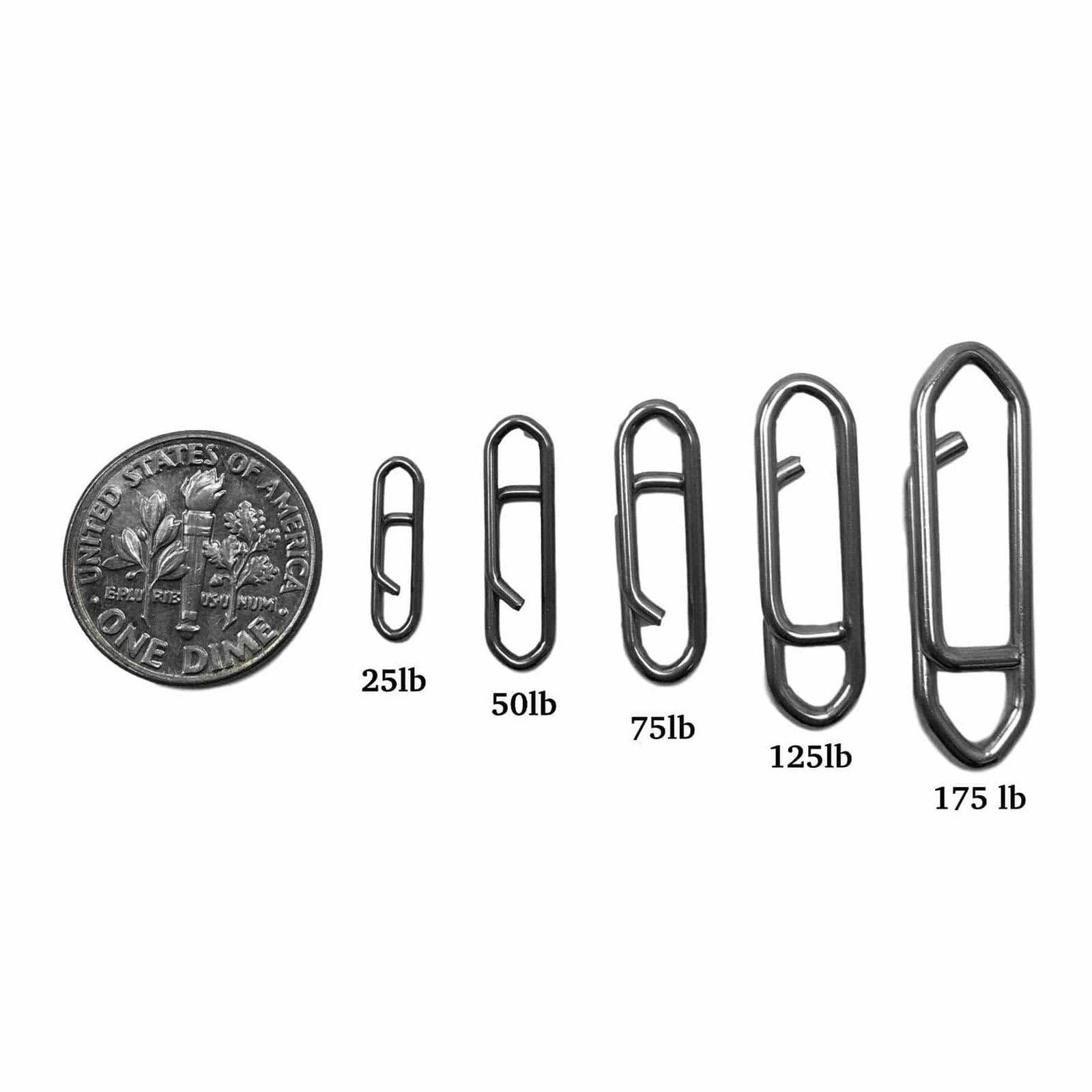




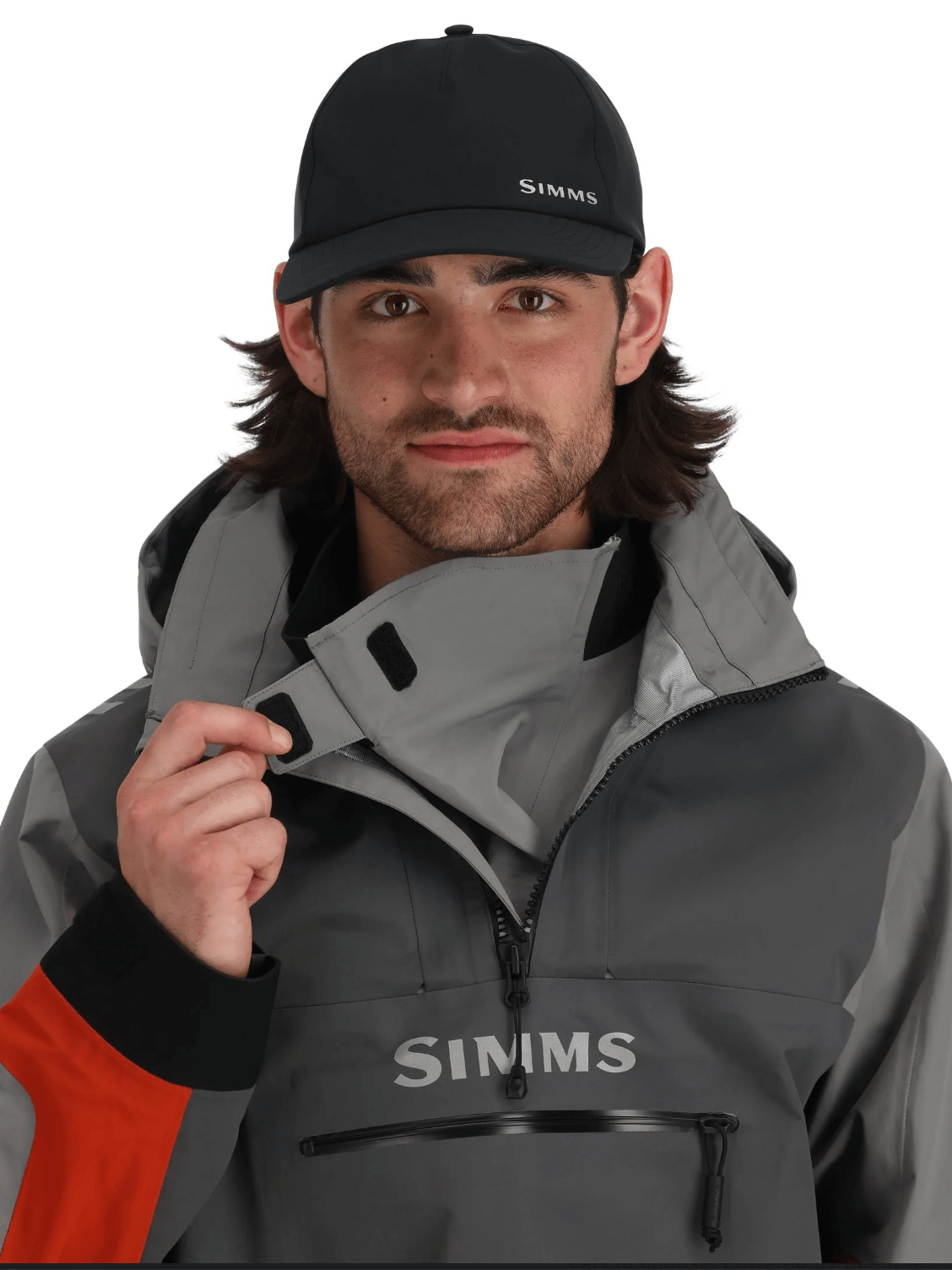

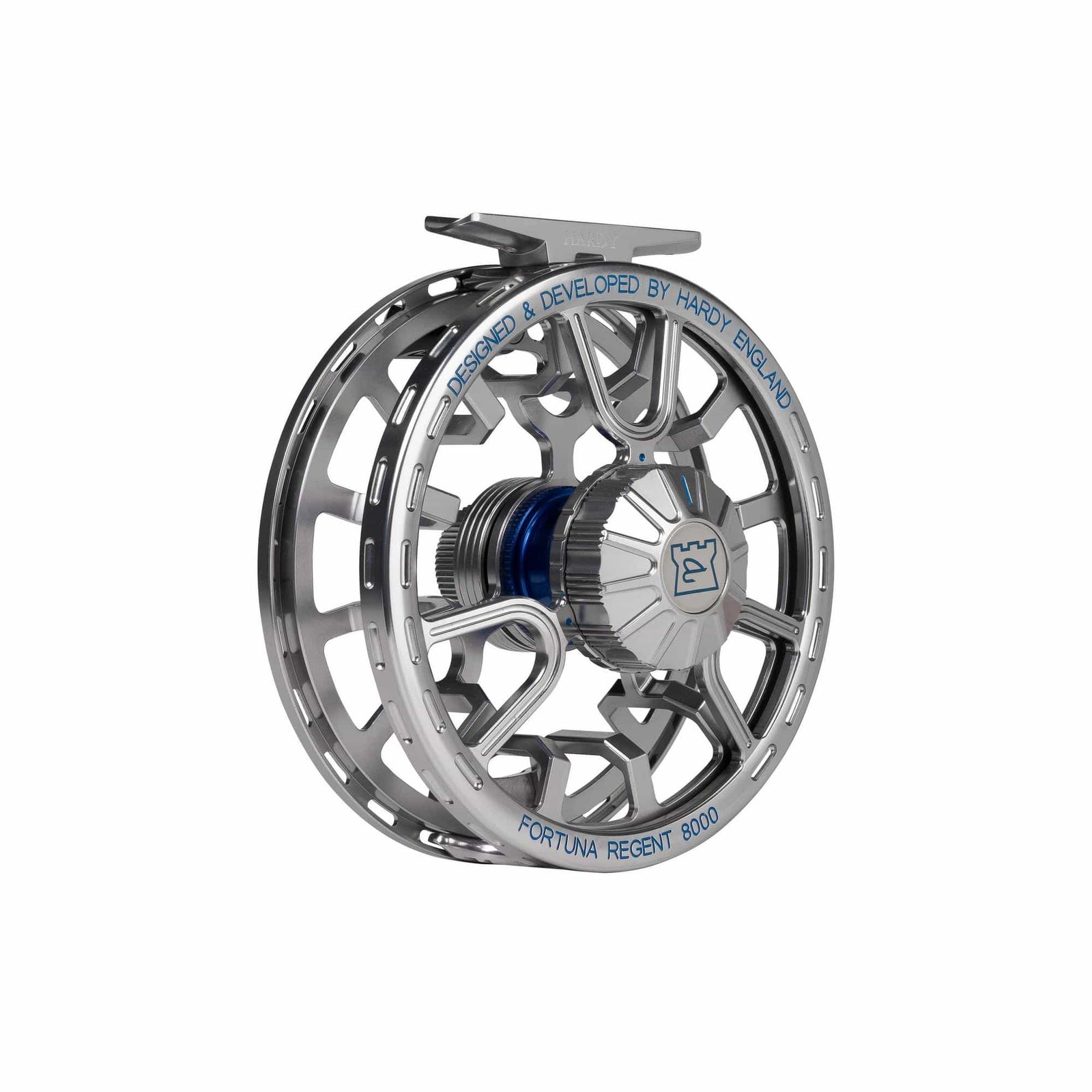
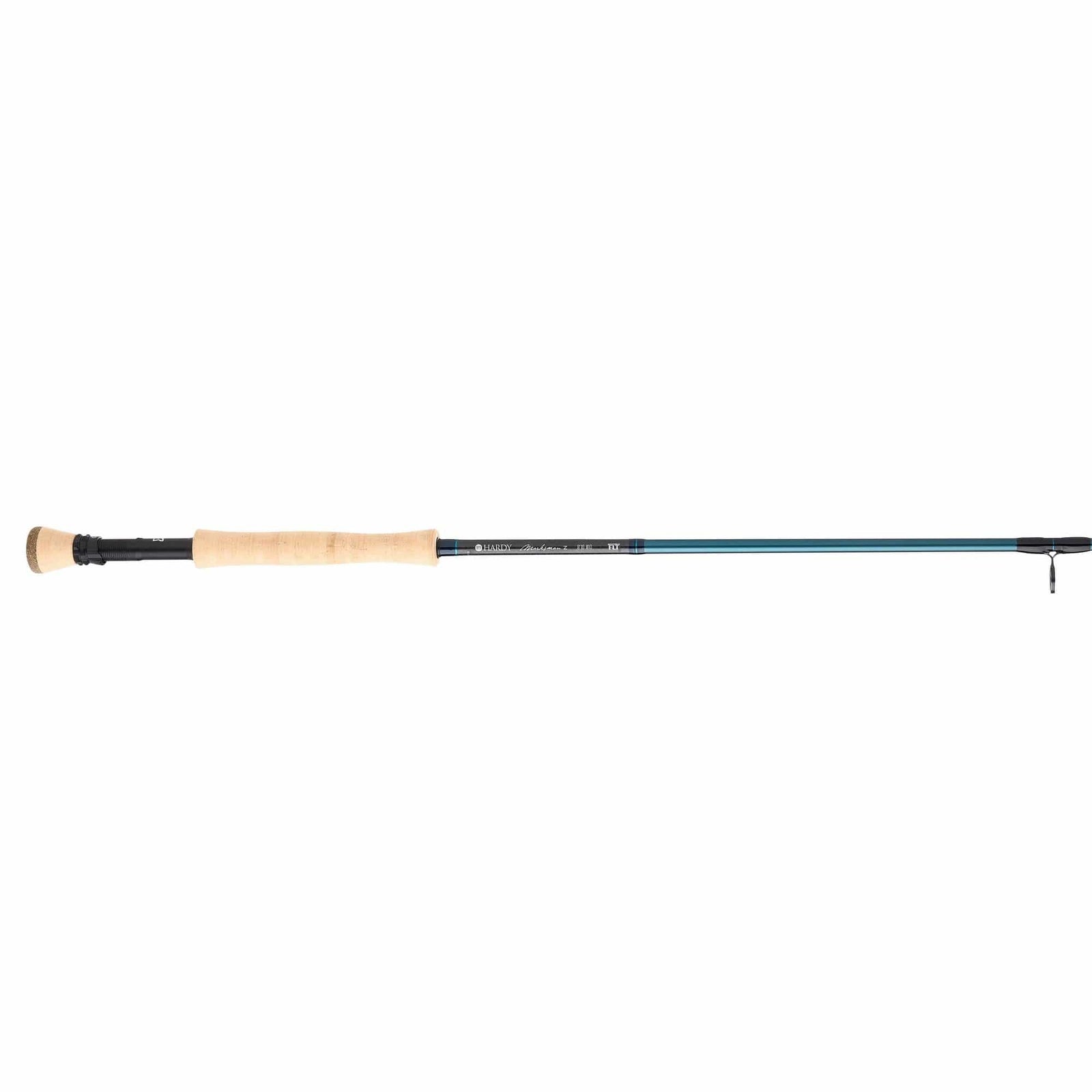

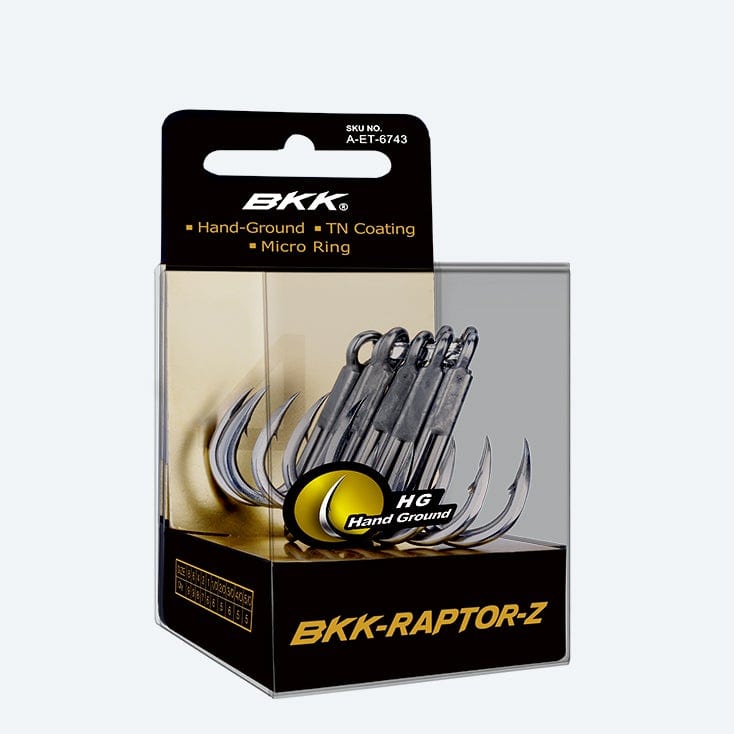
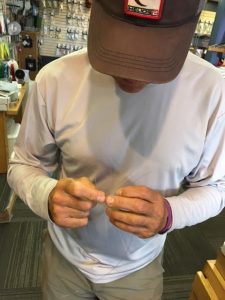
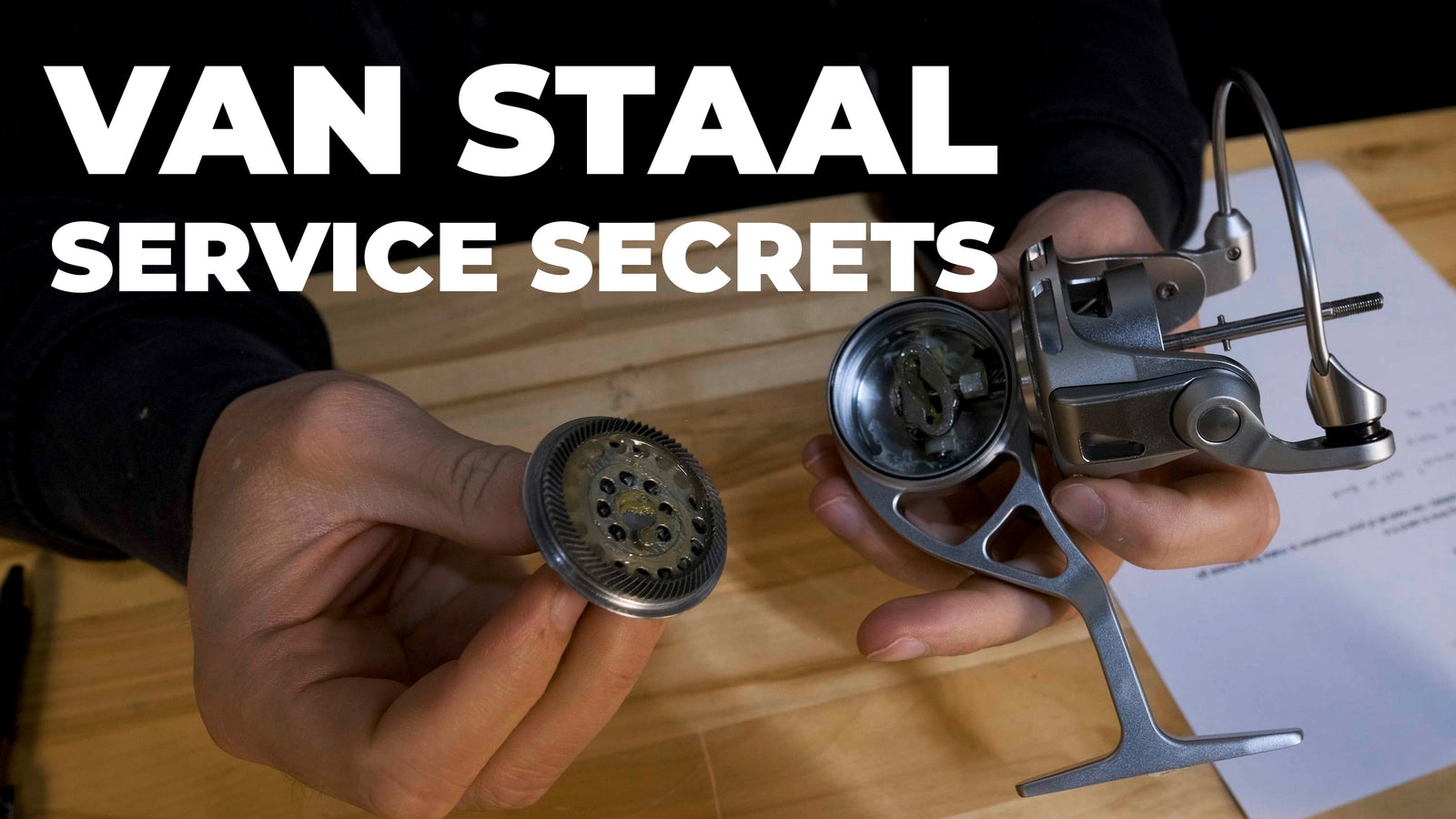


Leave a comment (all fields required)